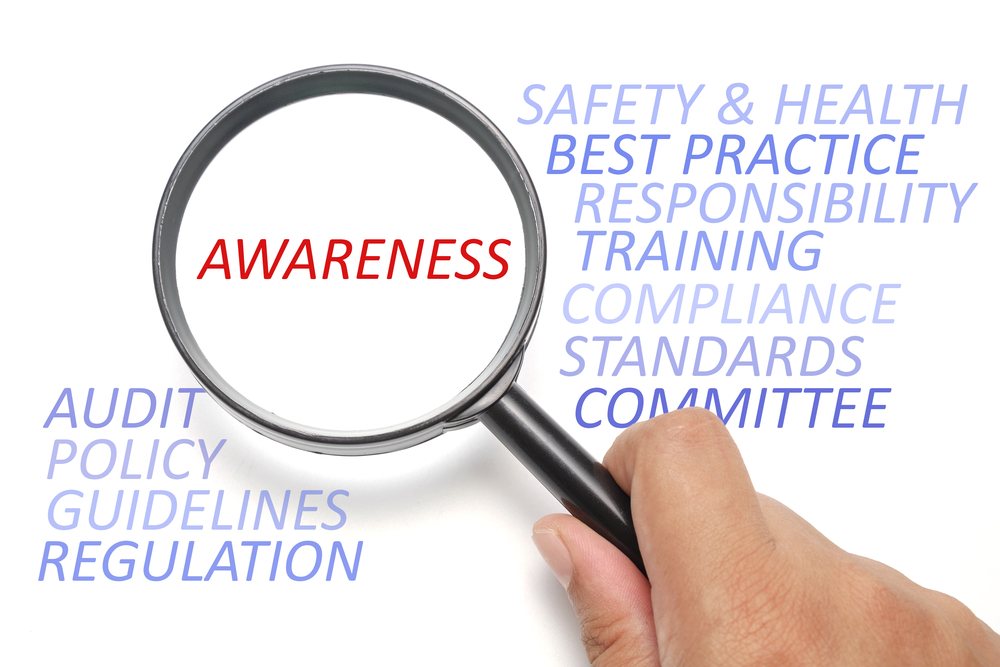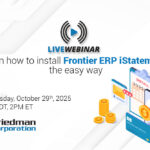
Daily temperatures are rising around the world due to climate change. The U.S. experienced record-breaking temperatures this past June, with the average maximum daytime temperature hitting 84.6F. This has not gone unnoticed by the National Occupational Safety and Health Administration (OSHA). Rising temperatures have prompted them to propose new OSHA Heat Regulations 2024.
In a recent Manufacturing Dive article, Ryan Stygar, a labor lawyer at Centurion Trial Attorneys stated, “Right now we have OSHA’s general duty standard, which basically says that employers have a general duty to prevent hazardous conditions in the workplace.” General duty doesn’t specifically cover heat exposure for indoor and outdoor areas. In 2021, OSHA gave advanced notice stating its efforts to create a new rule to standardize injury and illness prevention in both settings.
Although the proposal faces scrutiny on many levels, manufacturers should plan on it taking effect this year. This blog post will review the proposed OSHA Heat Regulations 2024 and what they mean for manufacturers. Plus, learn how ERP systems can help your company manage and comply with these new regulations before they happen.
What are the Proposed OSHA Heat Regulations for 2024?
In July, the Department of Labor proposed OSHA heat regulations for 2024 to safeguard workers in the U.S. from extreme heat. These rules are meant to reduce worker health risks and prevent deaths, as they are the leading cause of weather-related fatalities in the US.
The proposed rule mandates that employers take several actions to address workplace heat for employees and corresponding emergency response measures. Key components of the proposed regulations for employers include:
- Heat Injury and Illness Prevention Plan: Develop and implement a plan to identify and control heat hazards in the workplace.
- Heat Monitoring and Emergency Response: Monitor heat levels, develop emergency response procedures, and train employees on recognizing and responding to heat-related illnesses.
- Acclimation to High Heat: Implement plans to help new and returning workers adjust to working in high-heat conditions.
- Training and Recordkeeping: Maintain records of heat monitoring and training provided to employees.
The proposal will undergo a public notice and comment period before it can be finalized. It is expected to face legal challenges from various industry groups. However, once implemented, it will provide a framework for improving worker safety in environments with extreme heat exposure.
How Will the New Heat Rule Affect Manufacturers?
The new OSHA Heat Regulations 2024 will require manufacturers to adopt more stringent safety measures and adjust work practices. Ensuring worker safety may require spending money and making changes, however, it ultimately results in a healthier and more productive workforce. It is important to note that many manufacturers have already adopted similar policies, so compliance may not be an issue.
Key areas that could be impacted include:
1. Implementation of Heat Safety Protocols

Providing more frequent breaks and adequate hydration during hot periods are just two things manufacturers may need to do under OSHA Heat Regulations 2024.
Manufacturers will need to develop and implement comprehensive heat safety protocols under the proposed OSHA Heat Regulations 2024. These could include regularly monitoring the workplace heat index to assess worker risk levels. When workers are new or returning, they must gradually increase their exposure to the temperatures to build tolerance. Also, manufacturers should ensure that employees have access to sufficient drinking water and encourage hydration breaks.
2. Employee Training and Education
Manufacturers must teach employees about heat illness risks and the importance of safety measures to prevent heat-related issues. Training programs will cover topics like recognizing heat-related illness symptoms, staying hydrated, and taking breaks. Companies must also put into place emergency procedures for heat-related incidents.
3. Engineering and Administrative Controls
To reduce heat exposure, manufacturers might need to invest in engineering controls under OSHA Heat Regulations 2024. These may include installation or upgrades to ventilation systems, air conditioning, or evaporative cooling systems. Implementing ways to reduce heat in buildings and work areas through shading and insulation are other considerations.
Manufacturers may also need to allow employees to take more breaks to cool down during their shifts. Schedules may need to be adjusted to avoid working during the hottest times of the day.
4. Personal Protective Equipment (PPE)
Providing appropriate PPE that helps mitigate heat exposure is essential. To keep employees cool, companies can provide cooling accessories, vests, or breathable uniforms made of moisture-wicking fabrics.
5. Recordkeeping and Reporting
Under the OSHA Heat Regulations 2024, records of heat-related incidents and implemented heat safety standards must be kept. This information is important for OSHA inspections, spotting patterns, enhancing safety procedures, and showing responsibility for worker safety.
6. Impact on Productivity and Costs
While the new rule aims to protect workers, it may also negatively impact productivity and operational costs. Adjusting to new protocols may initially cause disruptions in production and more frequent breaks could reduce overall working hours. Plus, expenses related to training programs, new equipment, and facility upgrades may rise.
7. Legal and Compliance Risks
It is important to note that non-compliance could result in significant financial penalties for manufacturers. Companies could also see an increase in employee lawsuits from heat-related illnesses if they don’t adhere to the proposed OSHA Heat Regulations for 2024
ERP Systems Help Manufacturers Beat the Heat Without Breaking the Bank
An Enterprise Resource Planning (ERP) system can help manufacturers manage and comply with the proposed heat regulations. ERPs provide automated workflows, production tracking, and robust reporting that can aid significantly. Here are some key areas where an ERP system can be beneficial:
Monitoring and Reporting
An ERP system can integrate with IoT devices and environmental sensors to continuously monitor workplace conditions, including temperature and humidity. Real-time data collection enables you to take immediate action when heat thresholds are exceeded by triggering automated alerts. Additionally, ERP systems can generate detailed compliance reports, track adherence to OSHA regulations, and provide necessary documentation during audits.
Resource Management
ERPs support optimizing shift schedules, helping workers avoid being exposed to high heat by managing their work-rest cycles. This reduces the risk of heat-related illnesses. They can also track employees’ heat acclimatization status, identifying and monitoring those more vulnerable to heat stress. Furthermore, ERP systems manage the inventory of PPE and hydration supplies, ensuring their availability when needed.
Training and Education
ERP systems can help you schedule and track heat safety training programs. This ensures that all employees receive the necessary education on heat stress prevention. Interfaces are also more user-friendly with the best ERP systems for manufacturing. This helps you increase your production metrics since workers can accomplish more in a shorter time.

Discover the power of Frontier ERP and how it can help your company manage and comply with the proposed OSHA heat rules.
Incident Management
Within an ERP system, heat-related incidents can be recorded and analyzed to identify patterns and areas for improvement. The system can also manage and track the implementation of corrective actions following an incident, preventing future occurrences.
Operational Adjustments
ERP systems allow for adjustments in production schedules based on heat conditions. Automated workflows also help reduce the time employees work in the heat as well which is inline with the proposed OSHA Heat Regulations 2024. That way you can prioritize tasks that can be performed in cooler areas or at cooler times of the day.
Cost Management
Using ERP financial modules, organizations can budget for additional costs related to compliance, such as new equipment, training programs, and potential productivity losses. ERPs also enable cost analysis, helping identify areas for improvement to gain greater efficiency.
Communication and Collaboration
An ERP’s centralized database allows for the sharing of information about heat safety protocols, regulatory updates, and best practices across the organization. You can also collect employee feedback regarding the effectiveness of heat safety measures, using this data to improve protocols.
Conclusion
As the climate continues to warm, it is important to safeguard workers against the increasing risk of heat-related illnesses. Manufacturers are now preparing for OSHA Heat Regulations 2024. In doing so, they will need to adopt more stringent safety measures and adjust work practices to comply with these new rules. An ERP system can be instrumental in managing and complying with the proposed regulations and keeping operations running smoothly.
Frontier is innovative ERP software for companies seeking the dependability and power of the IBM platform. Available for both on-premise implementation and cloud hosting, our powerful ERP solution is optimized for the IBM i Power platform (AS/400 ERP, i Series ERP). Find out how Frontier ERP can help your company prepare for the new rules without breaking the bank. Contact us today!




